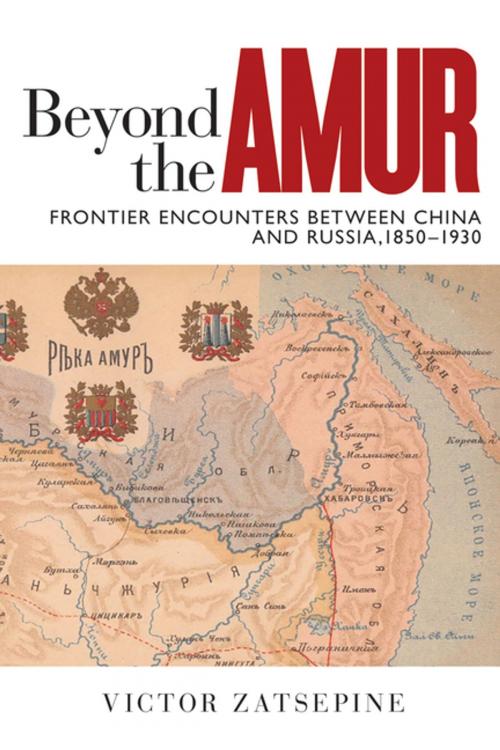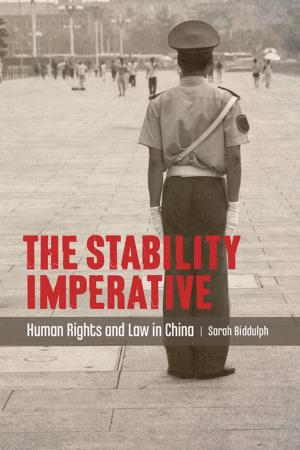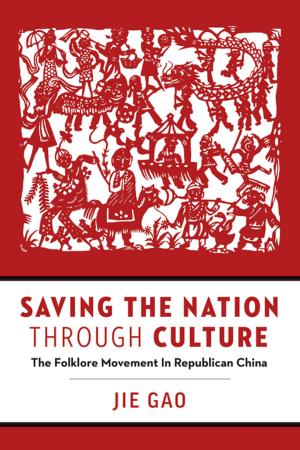Beyond the Amur
Frontier Encounters between China and Russia, 1850–1930
Nonfiction, History, Asian, China, Russia| Author: | Victor Zatsepine | ISBN: | 9780774834124 |
| Publisher: | UBC Press | Publication: | March 9, 2017 |
| Imprint: | UBC Press | Language: | English |
| Author: | Victor Zatsepine |
| ISBN: | 9780774834124 |
| Publisher: | UBC Press |
| Publication: | March 9, 2017 |
| Imprint: | UBC Press |
| Language: | English |
Beyond the Amur describes the distinctive frontier society that developed in the Amur, a river region that shifted between Qing China and Imperial Russia as the two empires competed for natural resources. Although official imperial histories depict the Amur as a distant battleground between rival empires, this colourful history of a region and its people tells a different story.
Drawing on both Russian and Chinese sources, Victor Zatsepine shows that both empires struggled to maintain the border. But much to the chagrin of imperial administrators, various peoples – Chinese, Russian, Indigenous, Japanese, Korean, Manchu, and Mongol – moved freely across it in pursuit of work and trade, exchanging ideas and knowledge as they adapted to the harsh physical environment.
By viewing the Amur as a unified natural economy caught between two empires, Zatsepine highlights the often-overlooked influence of regional developments on imperial policies and the importance of climate and geography to local, state, and imperial histories.
Beyond the Amur describes the distinctive frontier society that developed in the Amur, a river region that shifted between Qing China and Imperial Russia as the two empires competed for natural resources. Although official imperial histories depict the Amur as a distant battleground between rival empires, this colourful history of a region and its people tells a different story.
Drawing on both Russian and Chinese sources, Victor Zatsepine shows that both empires struggled to maintain the border. But much to the chagrin of imperial administrators, various peoples – Chinese, Russian, Indigenous, Japanese, Korean, Manchu, and Mongol – moved freely across it in pursuit of work and trade, exchanging ideas and knowledge as they adapted to the harsh physical environment.
By viewing the Amur as a unified natural economy caught between two empires, Zatsepine highlights the often-overlooked influence of regional developments on imperial policies and the importance of climate and geography to local, state, and imperial histories.















